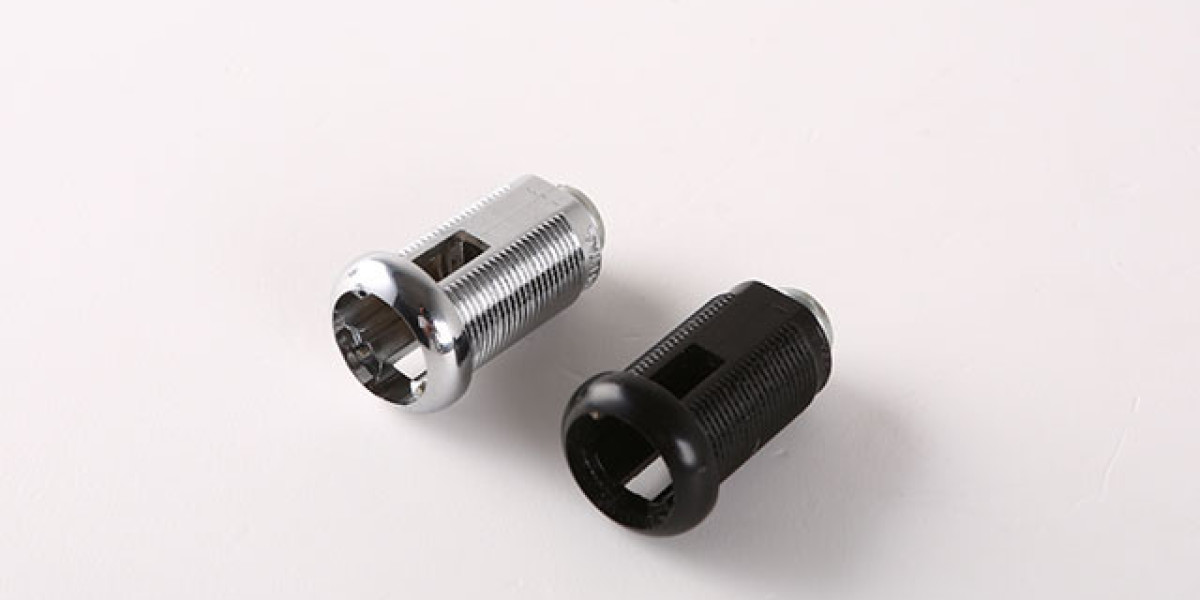These primary control points are separated aluminum alloy die casting into their corresponding temperatures in this manner.
The temperature of the aluminum rod, the temperature of the outlet, the optimal temperature for extrusion, the speed of the tractor, the speed of the extrusion rod, the temperature of the mold, the temperature of the material barrel, the quenching temperature, the type of alloy, the aging process, the optimal metal physical properties, yield, and production efficiency, as well as a heat analysis of aluminum tape and aluminum rod during extrusion are all factors that will be considered.Before pressing the aluminum material, it must be heated to a high temperature to ensure that the magnesium contained in the aluminum rod will melt and flow evenly throughout the material. This can only be accomplished by heating the material to a high temperature.This is depicted on the graph as a line that runs horizontally through the middle of the plot.In the event that there is an increase in temperature that is sufficiently significant, the aluminum will melt, and there will be no formation of the profile.The temperature at which aluminum rods can be stored without losing their properties.It is recommended that the temperature of the aluminum rod be maintained between 420 and 440 degrees Celsius, with temperatures in the range of 420 to 440 degrees Celsius being the preferred temperatures.During the process of extrusion, the vast majority of the frictional force that is generated will be converted into heat, which will result in an increase in temperature.The temperature will increase as a direct result of the frictional force, which will bring about this result.In addition to this, it is of the utmost importance to control the speed of the extrusion process with extreme precision.In the event that this does not occur, the magnesium and magnesium that are present in the aluminum alloy will not be able to be melted, and the functionality of the metal will not be altered in any way. This is because the magnesium and magnesium will not be able to be melted.During the extrusion process, the temperature difference that you want will be achieved as a result of this.neither lower than the temperature of the solvus nor higher than the temperature of the solidus, which is 620 degrees Celsius. Neither lower than the temperature of the solvus nor higher than the temperature of the solidus.It is impossible to generalize about the temperatures at which a given alloy reaches its solvus point because the temperatures vary from alloy to alloy.It is not possible to generalize this information in any way.
The speed at which rods are pushed out of the extruder.This is given as a rate in millimeters per minute, which is more commonly referred to simply as per minute. The unit of measure is millimeters.If this does not happen, it will almost certainly lead to a blockage, and it may even cause damage to the mold. If this does not happen, it will almost certainly lead to a blockage.temperature of the cylinders that are currently being kept in storageIt is imperative that the temperature of the storage cylinder is maintained at a consistent level of approximately 426 degrees Celsius at all times.a degree of heat that is sufficient to bring an end to somethingThe process of quenching is used to precipitate the solidification of the alloying elements, specifically magnesium and atoms, in order to achieve the desired end result.This helps to keep magnesium and other atoms that are prone to instability from precipitating, which is important for maintaining the profile's strength, and it also stabilizes the atoms that are already present in the profile.
There are primarily three different kinds of quenching methods, and these are air cooling, water mist cooling, and water tank cooling. Air cooling is the most Sandblasting Services common type of quenching method.
O annealed state, suitable for processed products obtained by annealing to obtain the lowest strength and cast products obtained by annealing to improve ductility and dimensional stability, O can be followed by an Arabic numeral other than zero. O is suitable for processed products obtained by annealing to obtain the lowest strength. These two applications are both good fits for O. Products that have undergone T heat treatment and then been manufactured in a stable state are compatible for use with other products that have undergone T heat treatment and then been manufactured in a stable state. When this occurs, the profile will finally reach its full potential.
The maximum length variation that is permissible for an aluminum profile is 15 millimeters when the nominal length is between 3 and 6 meters. Temperature and the passage of time are two indicators that demonstrate the necessity of artificial aging being subject to stringent control, and these indicators demonstrate that artificial aging must be subject to such control. Temperature and the passage of time are two indicators that demonstrate the necessity of artificial aging being subject to stringent control. The order in which each of these steps is carried out is very important. When it comes to the metal's physical properties, it is essential to select the die casting mould appropriate aluminum alloy in order to achieve the best outcomes that are at all possible. The percentage of the yield was one hundred.

Because of the scratches that were caused by the tractor and the stretching machine, it is physically impossible to accomplish this goal due to the damage that was done. It is estimated that domestic extrusion factories in China are capable of achieving an CNC machining average yield rate that falls somewhere between 70 and 75 percent of the time.

